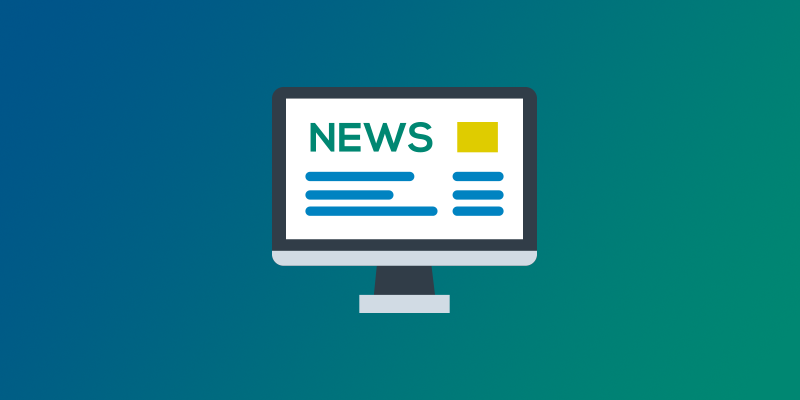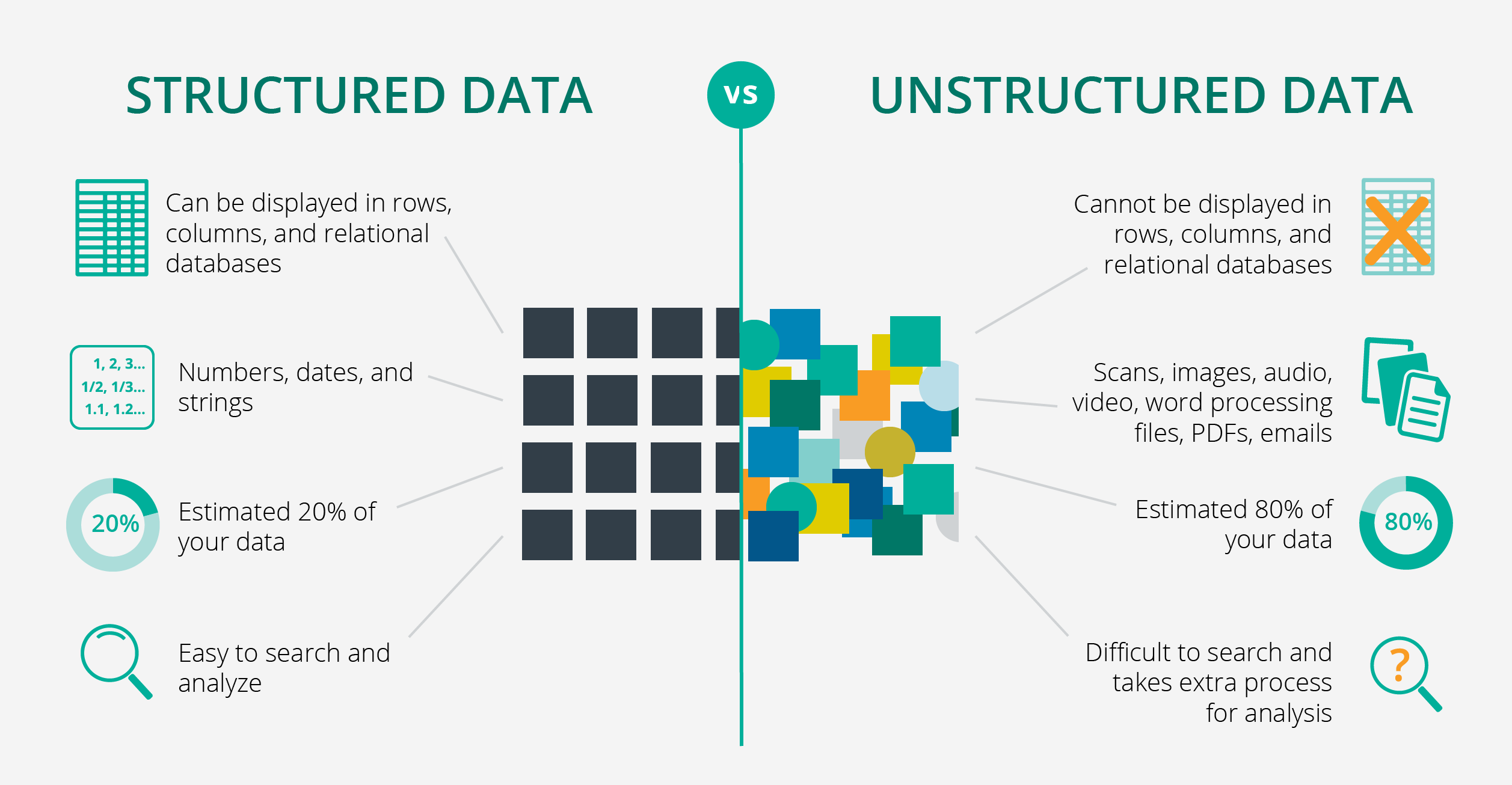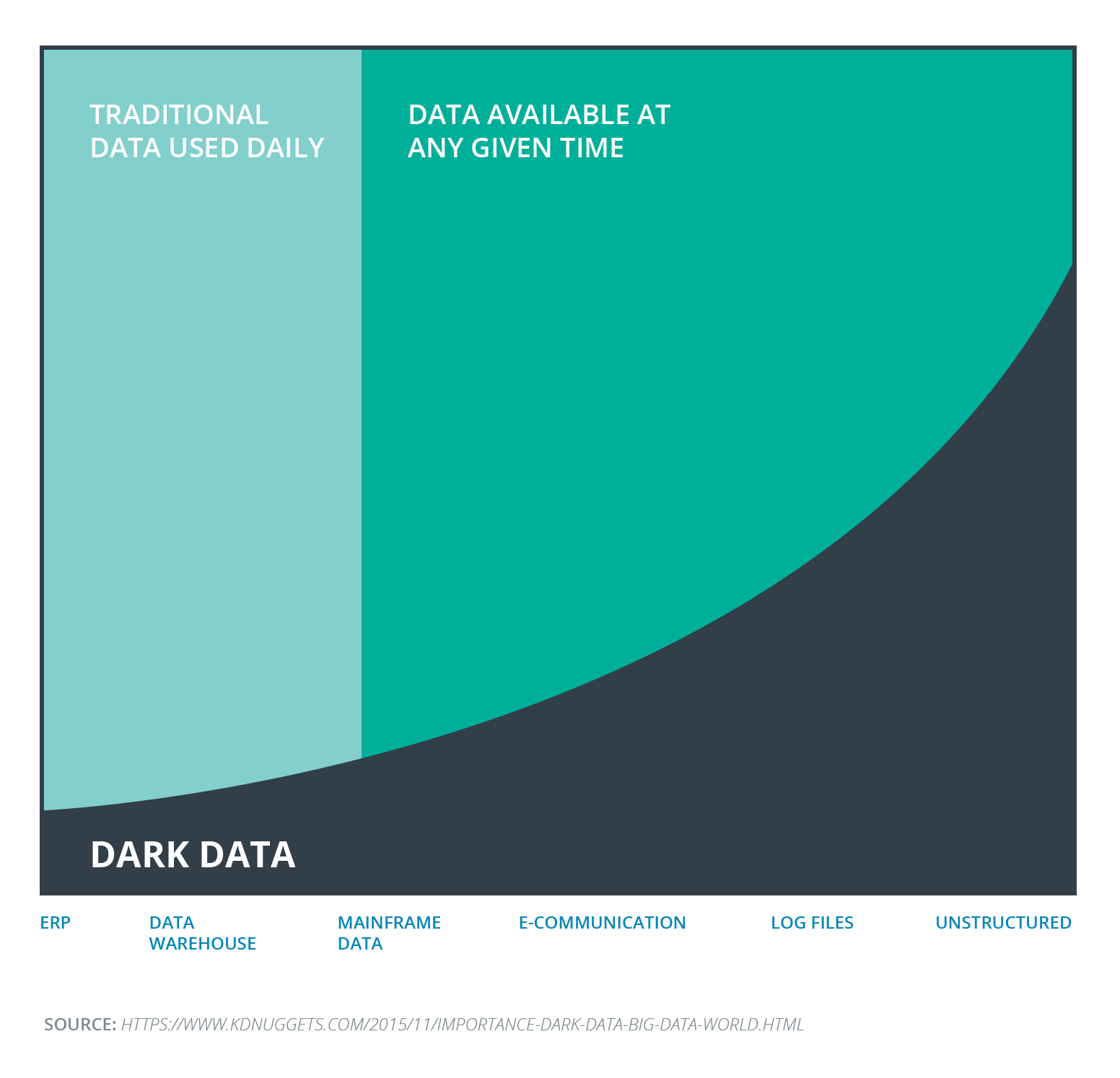
Update: TAG, Inc. Announces Industry Event Schedule for Spring 2020
March 13, 2020
Press Release: TAG, Inc. Announces New Program with Free 60-Day Recovery Audits May 1 – June 30
May 1, 202090% of the data that your health system produces is dark data that never gets used.
Think of the knowledge and insight that could be realized if your Supply Chain and AP departments utilized more than 10% of their data. You could gain insight into efficiencies, root causes of leaked funds, and process gaps. This is information your company already has but lacks the resources to obtain.
What is dark data?
According to Gartner, dark data is the information assets organizations collect, process, and store during regular business activities, but generally fail to use for other purposes.
Put simply, dark data is unused, unanalyzed, and unutilized.
Just think: departments, teams, and individuals in your Procure-to-Pay (P2P) process gain data from:
- ERP system
- Email and email attachments
- Communication tools such as Skype, Microsoft Teams, or Slack
- Notes (paper and electronic)
- Meeting Minutes
- Archived Files
- Account History
- Contracts
- GPOs
- End-Users
- Invoices
- Vendor Statements
- Item Master
- Vendor Master
- Vendor websites
- Health System’s Intranet
- Spreadsheets
- Policy and Procedure Documents
- Log files
Are your P2P leaders using the data gathered from all of these sources? The answer is NO due to the complexity, structure, and distribution of the data.
Why does Data turn Dark?
To answer this question, simply look at the list of data sources above. Some common trends you will find are:
Data is Dispersed
Data is stored in several different systems, applications, and documents. This dispersion makes it difficult to compare and analyze data. Common instances of data stored in different databases include:
- Utilizing more than one ERP system
- Imaging not fully integrated with an ERP system
- Storing contract data in a centralized database and with your GPO
Data can be Unstructured
There are two types of data: structured and unstructured. According to Devin Pickell of G2, structured data is highly-organized and formatted in a way so it’s easily searchable in relational databases. Unstructured data has no pre-defined format or organization, making it much more difficult to collect, process, and analyze.
According to CIO, 80-90% of all data is dark and unstructured and, therefore, often goes unused.
Analysis Consumes Resources
Collecting and analyzing data takes time, the right technology, and people causing much of it to go untouched. For example, it is common that health systems do not have the time or staff to dedicate to collecting and reviewing vendor statements to compare to their invoices. This missing data and analysis cause erroneous transactions such as duplicate payments and overcharges.

How to Leverage the Power of your P2P Dark Data
Regularly Audit your Data
Consistently auditing your data helps to keep it clean and provides the time to add structure where needed. Healthcare systems often turn to third parties to provide an unbiased audit and analysis of their data such as TAG, Inc. We partner with health systems and hospitals nationwide to audit and analyze P2P systems by shining light on our clients’ dark data living within their ERP systems, contracts, vendor statements, and more. Collecting this data then allows us to combine and structure the data providing business intelligence on our clients’ P2P processes.
Regular P2P data audits should also include a Vendor and Item Master Cleanse to ensure data integrity and fill in any missing information that may be useful to future analysis.
Merge Systems
It is ideal to have as much of your health system’s data in one place: a single ERP system. However, utilizing one system is not always possible – especially as health systems continue to merge.
Utilize AI
As artificial intelligence (AI) continues to grow, the burden of trying to structure data is lifted off P2P leaders. Technology can take data sources such as video, phone calls, social media, and emails and structure it.
AI coupled with machine learning can then utilize this newly structured data to provide predictive analytics giving insight into risk and efficiencies.
Shine Light on your P2P Dark Data
Do not keep ignoring your health system’s P2P data. Work with data experts, like us at TAG, that know what to do with your P2P dark data. We can provide insight into your current business processes, root causes of leaked funds, and highlight areas of risk by digging into your data. Give light to your P2P data and request more information today.



